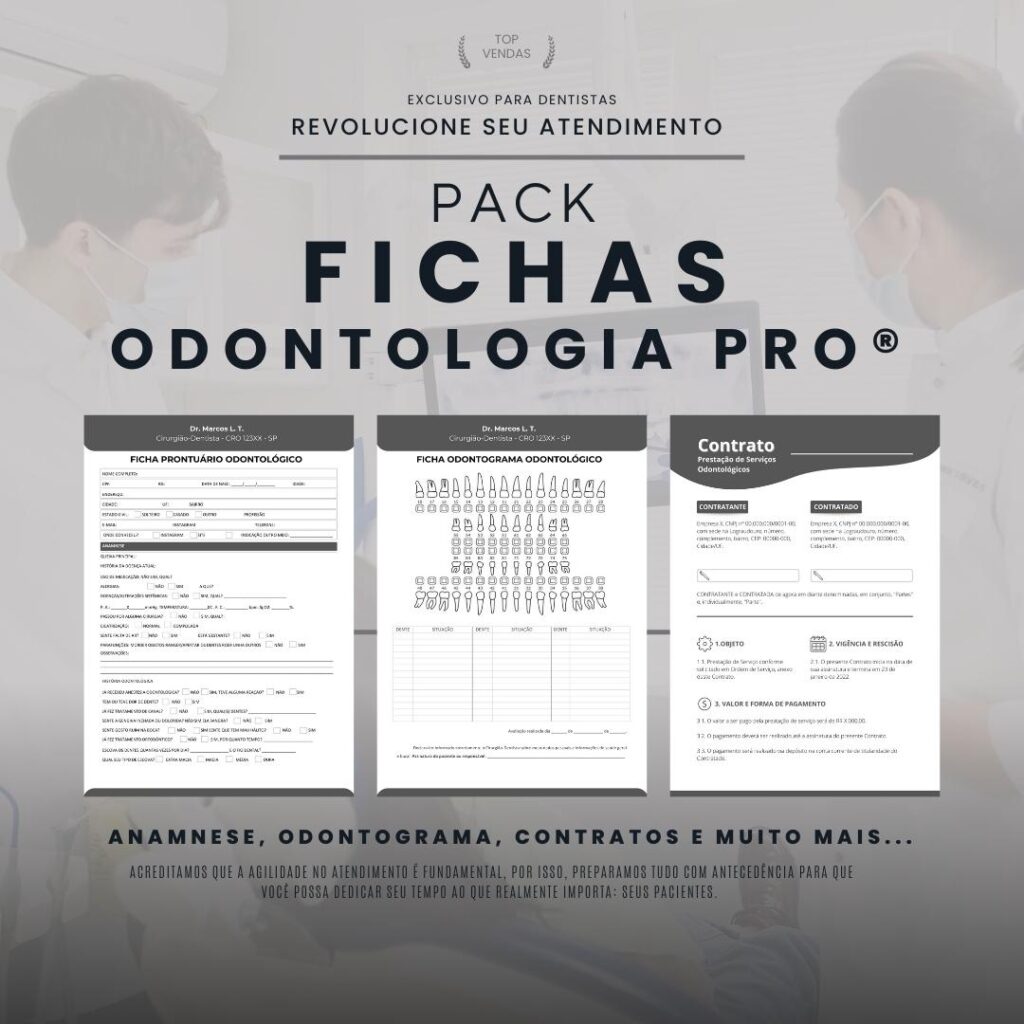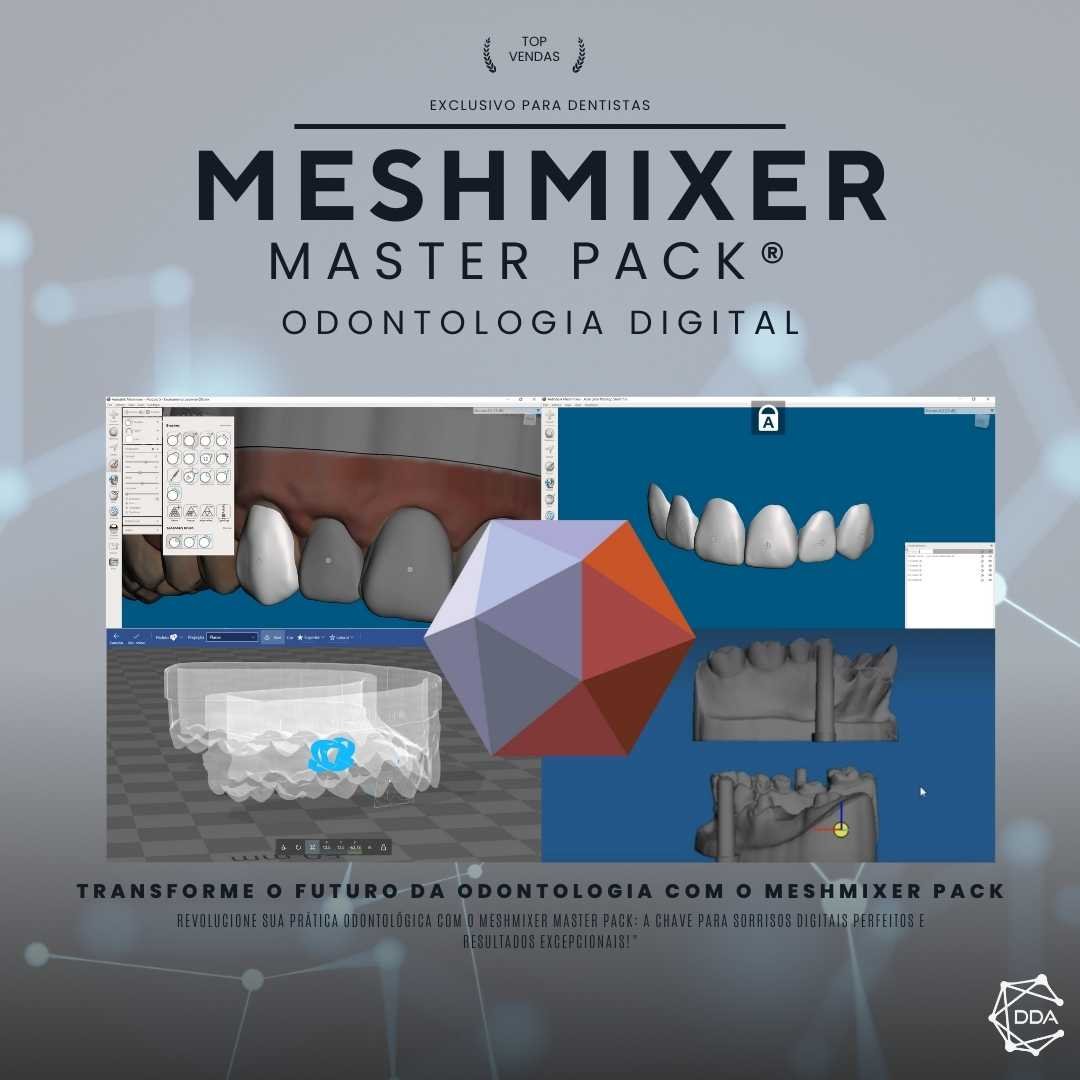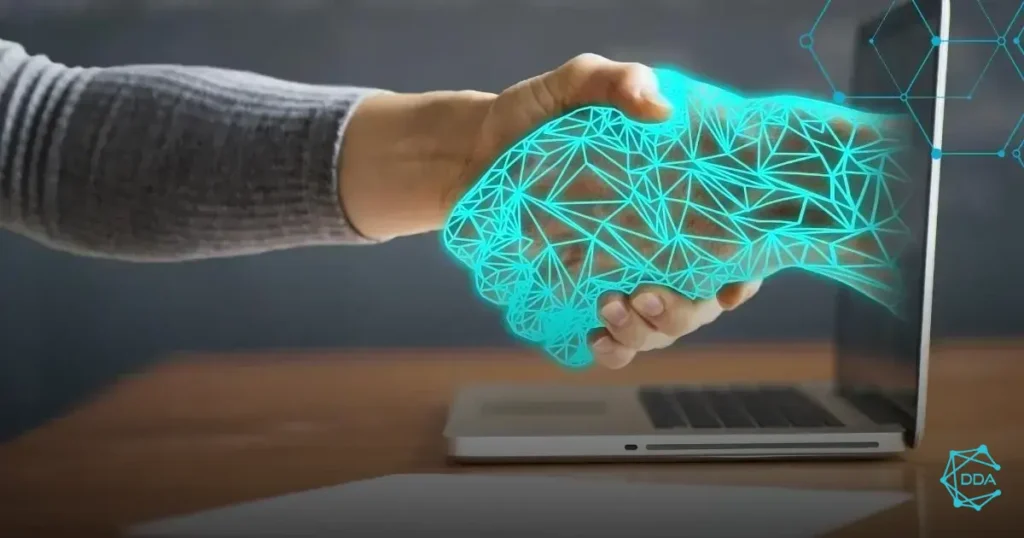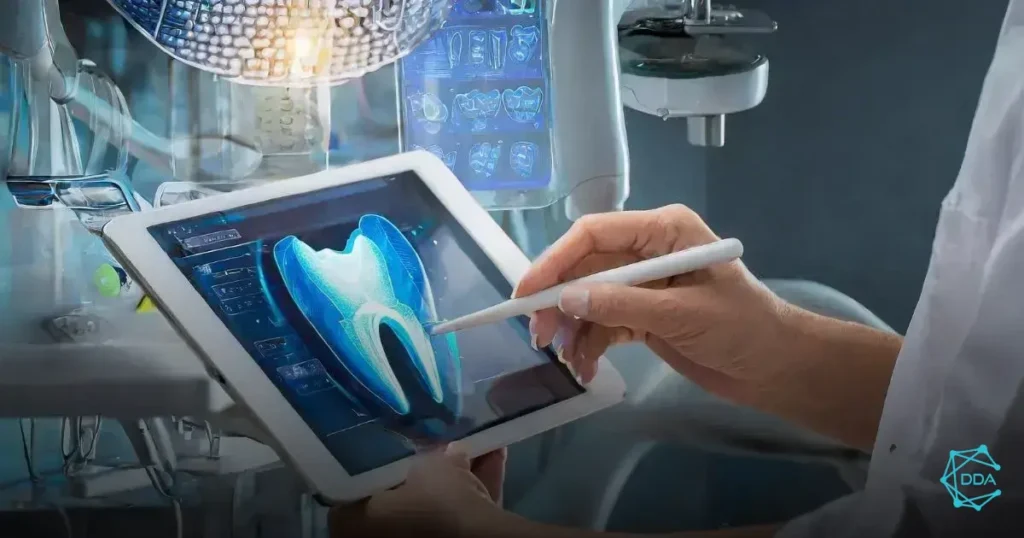Digital Dental Restorations have revolutionized the way dental procedures are performed, bringing innovation and efficiency to the sector. With the advancement of technology, professionals in the field are increasingly adopting digital restorations as an integral part of their services. In this article, we will explore the evolution, advantages and practical strategies related to this technological advancement in dentistry, as well as highlight success stories and the simplification provided by Medit technology.


Evolution of Dental Restorations
The evolution of dental restorations over the years has been marked by significant advances in dentistry. The search for more durable, aesthetic and less invasive materials has driven innovation in this field, providing benefits for both patients and professionals in the field.
New Materials
With technological advances, new materials for dental restorations have been developed, offering greater strength, durability and naturalness. Materials such as ceramics, composites and porcelain have become popular options due to their aesthetic and functional properties.
Digital Technology
The introduction of digital technology has revolutionized the way dental restorations are planned and executed. The use of intraoral scanners, computer-aided design software and 3D printers allows the creation of highly accurate and customized restorations in a reduced time.
Minimally Invasive Approach
The evolution of dental restorations has also brought with it a more conservative and minimally invasive approach. Advances in preparation and cementation techniques, together with the use of adhesive materials, allow the preservation of healthy tooth structure, resulting in more conservative and less traumatic treatments for patients.
Digital Integration
The integration of digital systems in dental offices has facilitated communication between professionals and prosthetic laboratories, allowing more efficient and precise collaboration in the planning and execution of dental restorations.
In summary, the evolution of dental restorations has been driven by new materials, digital technologies, minimally invasive approaches and systems integration, providing significant benefits for patients and professionals.


Digital Advantages
The digital advantages in modern dentistry are numerous and impactful. The adoption of digital technologies has brought a series of benefits to professionals and patients, revolutionizing the way procedures are performed and the results achieved.
Agility and Precision
The use of digital tools allows dental procedures to be performed with greater agility and precision. The digitalization of processes reduces the time needed to perform diagnoses, plan treatments and make prostheses, resulting in more efficient and less invasive care.
Treatment Personalization
Digital technology enables the personalization of dental treatments, allowing restorations and prostheses to be manufactured in a way that is fully adapted to the unique characteristics of each patient. This results in superior aesthetic and functional results, meeting the individual expectations of each person.
Enhanced Patient Experience
With digital advantages, patients enjoy a more comfortable and convenient experience. Digital procedures often eliminate the need for uncomfortable impressions, reduce waiting times for dentures, and provide more natural, long-lasting results, promoting patient satisfaction and confidence.
Data Integration and Efficient Communication
Digitizing processes enables data integration and more efficient communication between healthcare professionals, laboratories and patients. This results in more effective coordination of treatments, reducing errors and ensuring a more fluid and collaborative workflow.
In short, digital advantages in dentistry represent a significant advance, providing benefits for both professionals and patients, and contributing to the evolution and excellence in the provision of dental services.
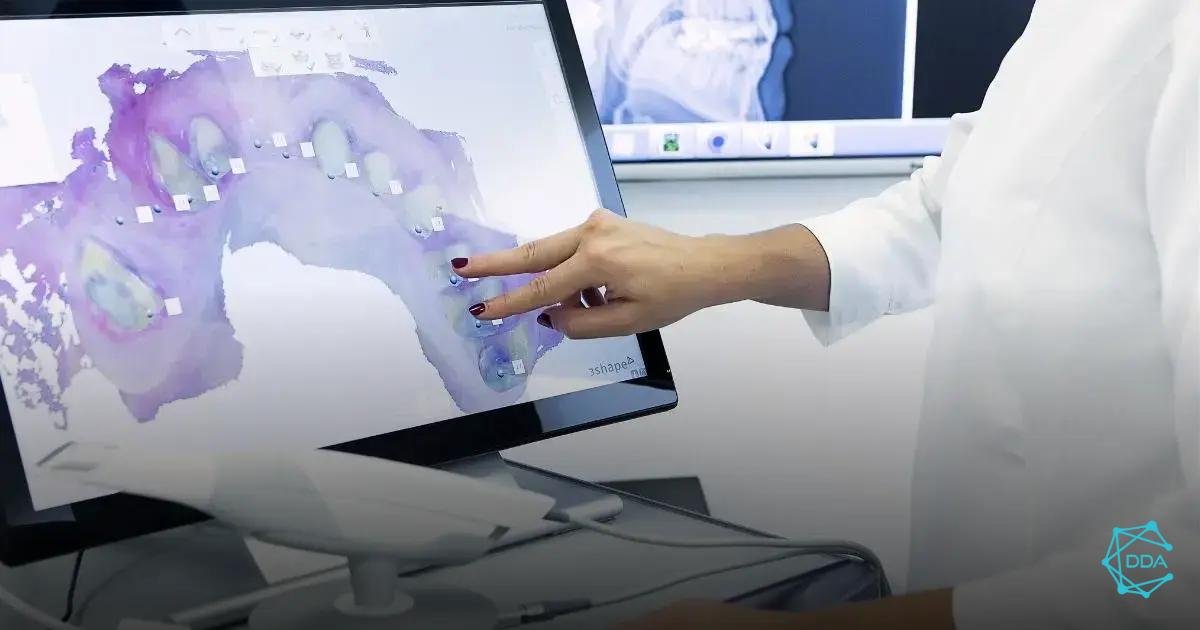

Simplification with Medit
Technology is constantly evolving and impacting all areas of medicine, including dentistry. With advances in digital dentistry, the simplification of the processes of diagnosis, planning and execution of dental treatments has become a reality.
One of the major advances in this regard is the introduction of the Medit system, which offers innovative solutions for digitizing impressions, creating restorations and conducting dental procedures more efficiently and accurately.
Benefits of Medit technology
- Digital impression scanning eliminates the need for traditional molds, making the process more comfortable for the patient and more efficient for the professional.
- Medit software allows virtual treatment planning, offering a detailed and accurate visualization of the case, which facilitates communication with the patient and the execution of the procedure.
- The manufacture of dental restorations using CAD/CAM technology integrated into the Medit system provides highly accurate and aesthetic results.
- Integrating all of these steps into a digital workflow simplifies the overall process, reducing the time required to complete treatment.
Medit technology represents a significant advancement in digital dentistry, providing a more efficient, accurate and comfortable approach for professionals and patients.


Digitalized Success Stories
The digitalization of processes in dentistry has provided countless success stories, in which the implementation of digital technologies has brought surprising results. Below, we will highlight some of these cases that illustrate how digital transformation has positively impacted dental practice.
Time and Cost Reduction
One of the main benefits observed in successful cases is the significant reduction in the time and costs involved in dental procedures. The adoption of digital technologies, such as the scanning of impressions and the use of CAD/CAM, has allowed professionals to perform restorations more efficiently and economically.
Precision and Personalization
Digitalization has enabled greater precision and personalization in dental treatments. Using intraoral scanners and design software, professionals can create highly customized restorations that perfectly fit each patient's anatomy, resulting in superior aesthetic and functional results.
Improving Patient Experience
Success stories also highlight the improvement in patient experience provided by digitalization. The elimination of uncomfortable impressions, the reduction in waiting times and the possibility of viewing digital simulations contribute to a more pleasant and satisfactory experience for patients.
Efficient Integration and Communication
Finally, digitalization has enabled greater integration and communication between professionals and laboratories, resulting in more efficient collaboration and reduced errors. The ability to share data and images digitally has optimized workflow and communication, contributing to the success of treatments.
These success stories illustrate how digitalization has revolutionized dentistry, providing significant benefits for both professionals and patients.


Practical Strategies for Professionals
When it comes to adopting practical strategies to improve work, dental professionals can benefit from a variety of innovative and efficient approaches. Below, we highlight some practices that can significantly contribute to improving processes and results in dentistry.
1. Integration of Advanced Technologies
The integration of advanced technologies, such as the digitalization of processes and the use of specialized software, can significantly optimize the workflow in dental practices. The adoption of CAD/CAM systems and the use of 3D printers, for example, can revolutionize the way restorations are planned and executed, providing greater precision and efficiency.
2. Constant Improvement
Constant improvement through courses, workshops and specialized training is essential for professionals to always be up to date with the best practices and techniques available. The search for knowledge and participation in events in the area can contribute significantly to excellence in the provision of dental services.
3. Focus on Patient Experience
Investing in improving the patient experience is a fundamental strategy for professionals seeking to stand out in the market. Implementing practices that aim to ensure patient comfort, safety and satisfaction can have a positive impact on reputation and customer loyalty.
4. Strategic Partnerships
Establishing strategic partnerships with other healthcare professionals, such as orthodontists, periodontists and implantologists, can expand the possibilities of offering more comprehensive and integrated care to patients. Collaboration with specialists from other areas can enrich the multidisciplinary approach and the quality of the treatments offered.
In short, the implementation of practical strategies can represent a significant difference for dental professionals, contributing to excellence in the services provided and to the satisfaction of both patients and professionals themselves.


